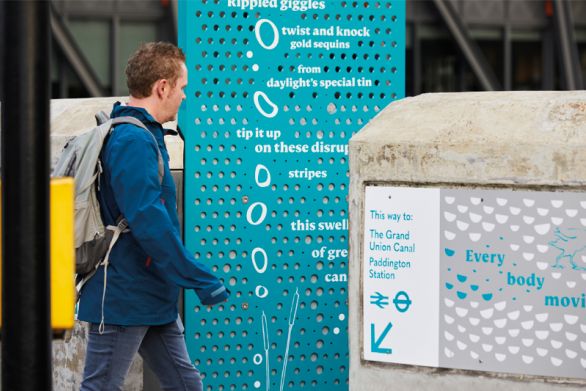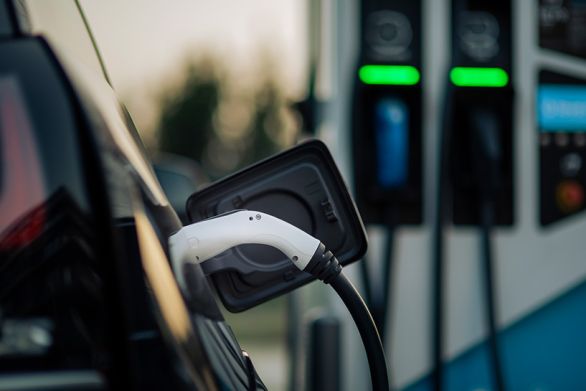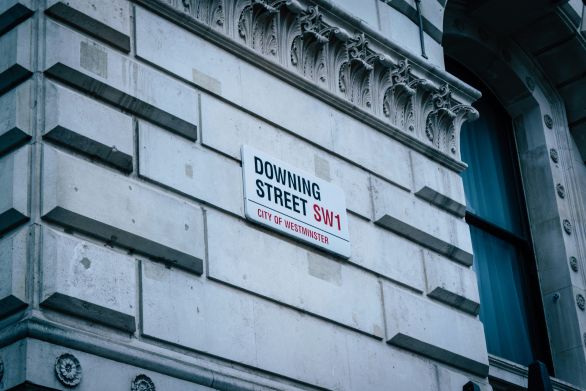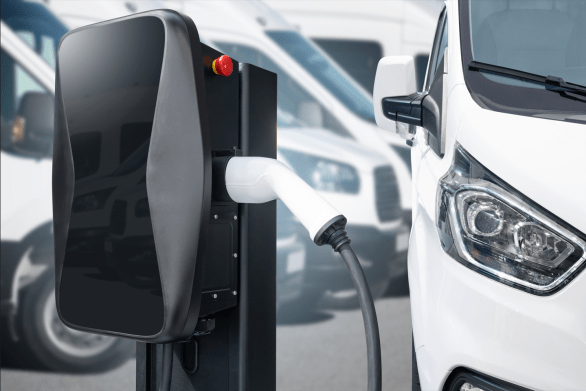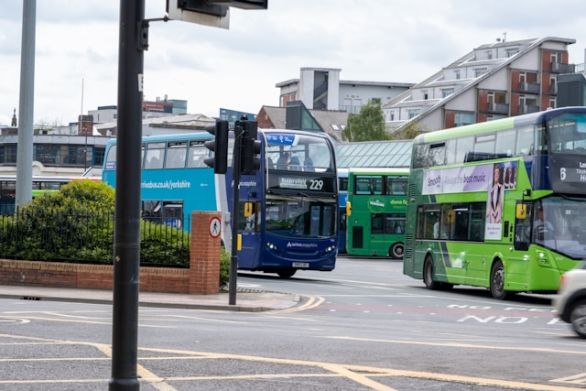Over the last two decades, traffic in the United States has grown by more than 30% and with infrastructure investments not keeping pace, heavy congestion exists on most highways in metropolitan areas.
This may explain why, over the last decade, transport planners have focused on managed lanes as a means of optimizing available capacity. On managed lanes, the toll is set high enough to avoid congestion, with the result that the toll commonly increases during peak hours and drops in off-peak periods.
However, toll transaction data on managed lanes reveals that a significant number of travelers pay $1-$2 for very small time savings. This is contrary to what we would expect, based purely on an assumed value of time.
To understand better how travelers make decisions in these situations, we carried out an internal Research and Innovation (R&I) project. We reviewed state-of-the-art research in the fields of travelers’ valuation of small travel time savings and other potential benefits of managed lanes.
Travelers might be willing to pay for small time savings for a number of reasons, including when their journey was urgent, or when it was important that they arrive at their destination on time.
We first examined stated preference data from a Texas A&M University study which showed that the value of time of travelers in urgent situations is higher than that of travelers in ordinary situations. Importantly, value of time was often higher for low income groups in urgent situations than for high income groups in non-urgent situations. This suggests that the majority of travelers on managed lanes are not those with high incomes, but those on an urgent trip, whatever their level of income.
However, while these findings suggest a substantially higher value of time for urgent trips, they do not explain why managed lanes are used even when the expected time savings are very small. We also examined a recent Texas Department of Transportation survey into travelers’ motives for using managed lanes, which suggested that a second factor was important: travelers attach high value not only to travel time savings but also to increased travel time reliability, with the third most valued factor being a less stressful journey.
Toll transaction data shows that managed lanes can in fact provide increased travel time reliability, but does not explain directly either how travelers perceive reliability or how they change their behavior in response to a change in it.
Our internal project concluded that the relationship between perceived and actual travel time, and drivers’ responses to them, requires further research. The next article describes how we have carried out the research, refining our capability for modeling managed lanes to take into account travel time reliability.
